Namdaemun
A symbol of hope, survival, and national character, especially after it rose phoenix like from the flames.
Namdaemun is one of eight gates built into the Fortress Wall, a Joseon Dynasty fortification that surrounded and protected the city of Seoul.
Namdaemun (남대문) means “South Great Door” but the gate is officially known as Sungnyemun (숭례문) “Honouring Propriety Door.”An interesting side note is that it is a common but false belief among many Koreans that the name Namdaemun was imposed by the Japanese, and therefore many feel that it should not be used. The truth is that Joseon dynasty records show naming gates after their respective direction was actually in use before the Japanese invaded.
The gate dates back to the 14th century, and is constructed in a historic pagoda-style gateway design. It was first built at the end of King Taejo’s reign, in 1398, and was then rebuilt in 1447.
Yi Seonggye, the king who was responsible for the construction of the city, believed that a fire would reach Gyeongbokgung, because Gwanaksan is shaped like fire according to the principles of feng shui. This caused Sungnyemun to feature a major difference from the other city gates; the tablet has Sungnyemun’s name on it is written vertically. The name Sungnyemun means “fire” and, if written vertically, the Chinese character for fire looks as if it is providing protection. This superstition would turn out to be oddly prophetic.
Namdaemun suffered heavy damage during the Korean War and underwent major restoration work in 1961. The historic significance of Namdaemun was then recognized when it was designated as the first National Treasure of Korea, on December 20, 1962, with a completion ceremony held on May 14, 1963.
In 2005, the gate was renovated and restored again. A lawn was laid around the gate, which opened up the area around it, before it was reopened to the public in 2006. While this restoration work was taking place, 182 pages of blueprints were made as a contingency against any disasters or future damage to Namdaemun.
On the night of February 10, 2008, a fire broke out, severely damaging the wooden structure that sits at the top of the gate. The fire then roared out of control again sometime after midnight, totally destroying Namdaemun, despite the efforts of more than 360 firefighters.
It turns out Namdaemun was the victim of arson! Chae Jong-gi, a 69-year-old man, was arrested and confessed to setting the fire. It is said he was upset about not being paid the full value for some land he had sold to developers. It wasn’t his first arson attack on famous Seoul landmarks, he had also been charged for setting a fire at Changgyeonggung two years earlier.
Restoration work on Namdaemun started in February 2010, using the blueprints that had only been made during the previous restoration. This work was completed in 2013.
The cost of rebuilding this National Treasure is estimated to have been in the region of 20 billion won, making it the most expensive restoration project undertaken in South Korea. Namdaemun once again signifies strength, endurance, and stability. It is seen as an enduring symbol of survival through some of the darkest moments in Korean history, it has survived a time when so much of the country’s heritage had been erased by invaders.
Know Before You Go
Namdaemun is located in Jung-gu, between Seoul Station and Seoul Plaza at 40, Sejong-daero, Jung-gu, Seoul.





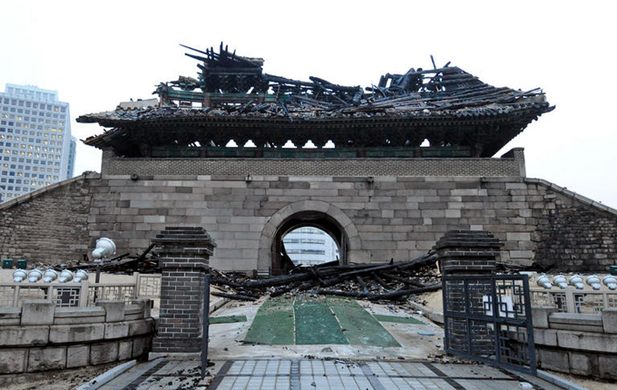






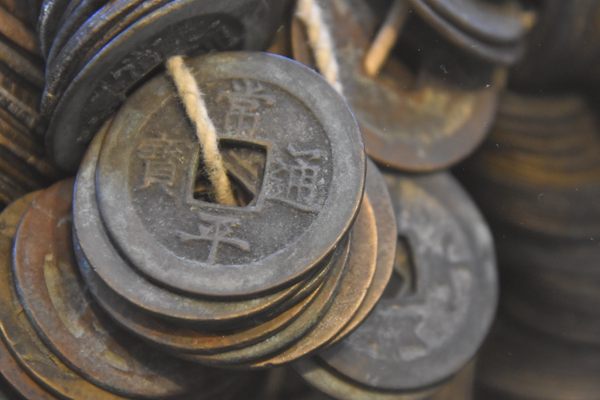
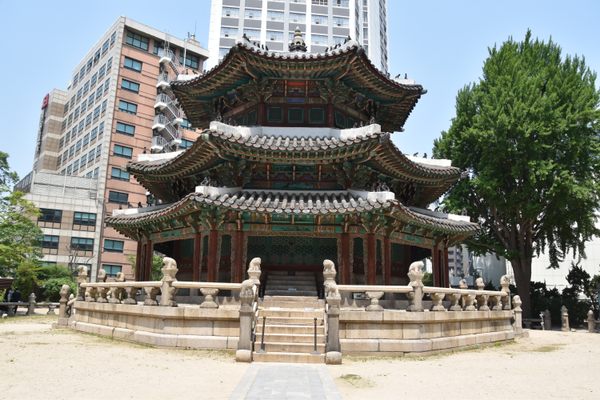
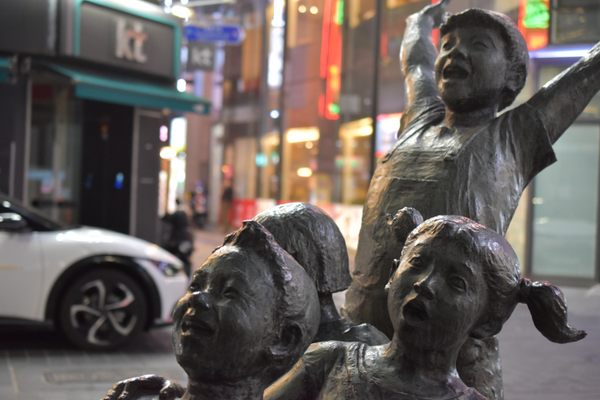




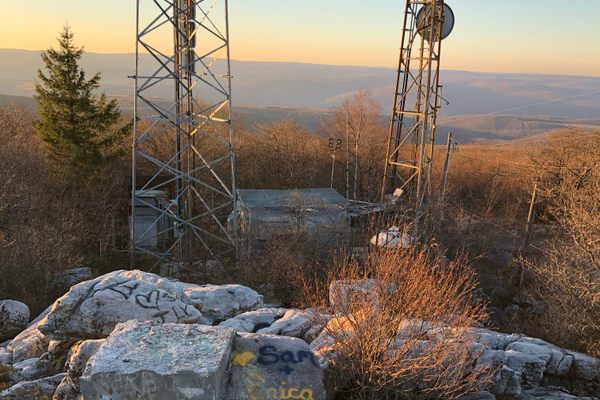

Follow us on Twitter to get the latest on the world's hidden wonders.
Like us on Facebook to get the latest on the world's hidden wonders.
Follow us on Twitter Like us on Facebook